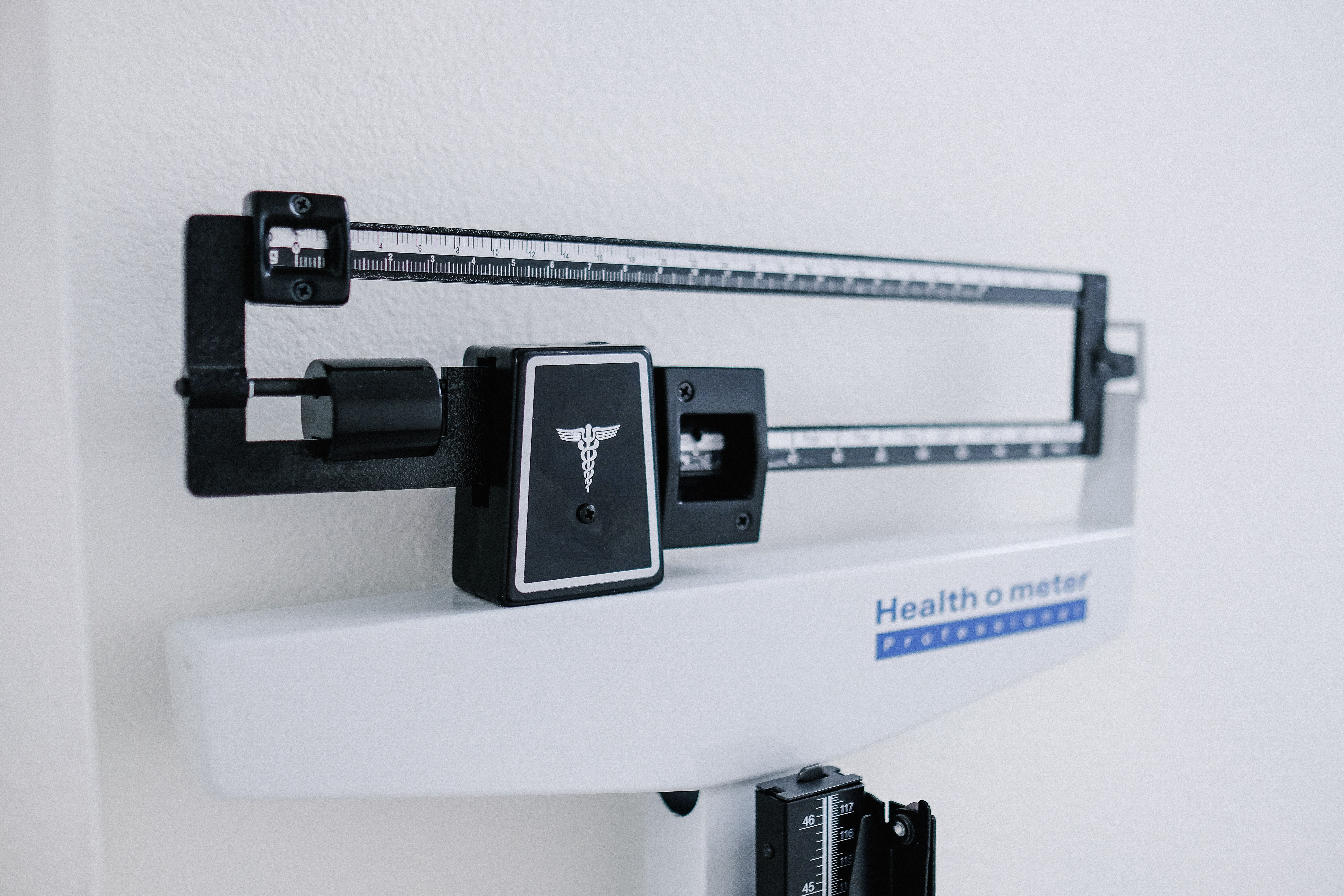Updated May 13, 2022
It seems like the standards are always changing.
The desired physique and body composition for both men and women have changed drastically since previous decades, or even centuries. Suddenly, what may have once been considered "attractive" or even "healthy" is no longer the case.
With social norms and science always evolving with the most current information available to us, how do you establish a standard of health for the general population? It's a delicate subject with both clients and coaches, as they might have both health and aesthetics in mind when developing a training program.
You've probably heard about body composition before, but you're not sure what it is. Simply put, body composition is the percentage of fat to muscle in your body. This can range from a low of 10% to a high of 30%. The percentage is calculated by dividing fat weight by total weight and multiplying the result by 100.
Curious about a healthy body composition definition that you can use for both your coaches and clients? Read on for our in-depth guide.
Why Does Body Composition Matter?
Your body composition is important because it determines your health risk. A high percentage of body fat measurement can lead to obesity, heart disease, type 2 diabetes, and other chronic conditions. Conversely, a low percentage of body fat can lead to malnutrition and osteoporosis.
Athletes and fitness enthusiasts are usually more interested in their muscle mass rather than their percentage of body fat. This is because a higher muscle mass indicates that they have a lower percentage of body fat and are therefore in better shape.
Health Implications Of Body Composition
There are a few health implications to be aware of when it comes to body composition. Here are the three most important ones:
Obesity
A high percentage of body fat is associated with obesity, which is a major risk factor for many chronic diseases. These diseases include heart disease, stroke, type 2 diabetes, and cancer.
Malnutrition
A low percentage of body fat can lead to malnutrition, which can cause a variety of health problems such as anemia, osteoporosis, and cognitive impairment.
Cushing's Syndrome
A high level of muscle mass can lead to Cushing's syndrome, which is a condition that causes the body to produce too much cortisol. Cortisol is a stress hormone that can lead to a variety of health problems such as weight gain, hypertension, and diabetes.
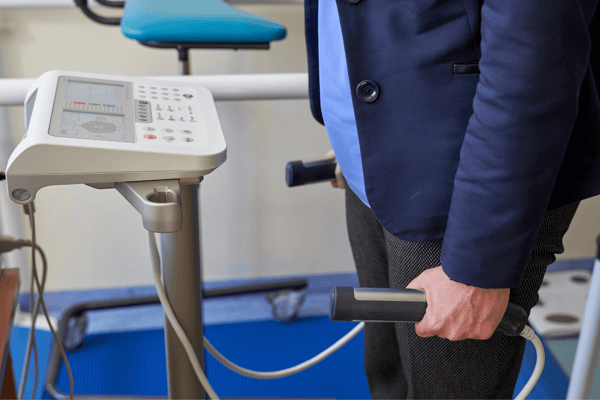
How To Measure Body Composition
Of all progress indicators, healthy body composition seems to be the most desired. With body composition, clients are able to get a visual of what their body currently looks like, and how it may have changed since prior evaluations.
By standard definition, body composition is the proportion of fat to non-fat mass in your body. Fat mass is the body fat existing in the body in healthy or excess amounts; non-fat mass includes muscle, water, bone, tissues, and organs.
While often criminalized, fat is actually a crucial component of every human body. It exists either around the organs in protection (visceral fat) or under the skin to store energy and keep our bodies insulated (subcutaneous fat). It is an important hormone regulator and helps the body manage stress.
Having an extremely low body fat percentage is unhealthy and can interfere with the body's endocrine, digestive, and reproductive functions. Maintaining an extremely low body fat percentage may contribute to decreased bone mass with an increased risk of stress fractures, and decreased cognitive function.
More commonly, however, is the presence of an excess of fat mass in the body. Obesity increases one's risk of the following conditions:
- High blood pressure
- High cholesterol
- Type 2 diabetes
- Coronary heart disease
- Stroke
- Gallbladder disease
- Digestive problems
- Anxiety and depression
- Osteoarthritis
- Sleep apnea and breathing problems
- Certain cancers, including colon, breast, endometrium, kidney, esophagus, gallbladder, pancreatic, and ovarian cancer
When measuring body composition, subjects use different methods to calculate the amount of fat mass against other mass in the body. Once you calculate this percentage, coaches and clients can determine the best course of action for a physical fitness program. These methods exist with varying degrees of accuracy.
Weight
The most common way is to weigh yourself on a scale in kilograms, then divide the result by your height in meters squared.
Lean Body Mass
Another common method, Lean Body Mass (LBM), calculates the weight of everything in your body except for fat. To approximate LBM, you can use a measuring tape to measure the circumference of your waist and hips. Waist size is divided by hip size to calculate your waist-to-hip ratio.
Fat Free Mass
Fat free mass (FFM) is the weight of your body minus the weight of your fat. Your FFM includes everything in your body that isn’t fat, including muscle, bone, water, and organs.
Body Mass Index
Experts have scrutinized Body Mass Index (BMI) for decades. Due to its limitations, it does not always paint an accurate picture of an individual's health or true body composition. Because this number is simply measuring weight compared to height, it is different from a body fat percentage calculation.
Depending on height, body weight, and age, body mass index will result in one of the following determinations:
- Underweight - BMI of 18.5 or below
- Normal weight - BMI of 18.5-25
- Overweight - BMI of 25-30
- Obese - BMI of 30 or higher
Because BMI does not account for muscle mass or stature, a high BMI may not accurately portray a person as overweight or obese. A muscular, short-statured athlete at peak fitness may present with a high BMI due to the weight of muscle mass. It should not be used as a diagnostic tool, or as an indicator of body composition.
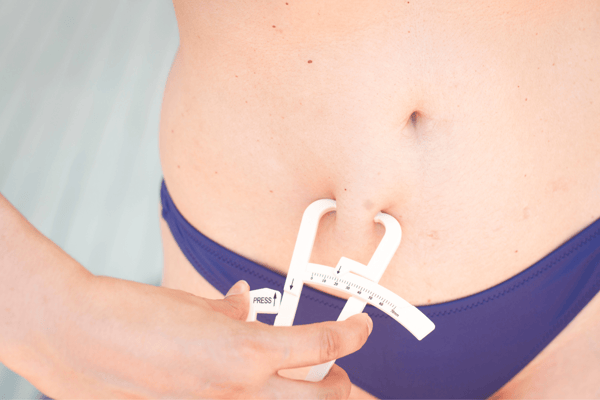
Skin Calipers
The skin caliper method is a very traditional way to calculate subcutaneous fat on the body, which is a primary contributor to body composition. With skin calipers, various parts of the body are "pinched" and measured for skinfold thickness. Skinfold thickness is then used to predict the total amount of body fat available in the body.
Because men and women maintain fat mass in different parts of their bodies, this method needs to be tailored to the client. Most measurements will include:
- Abdomen/side of the navel
- The midline of the side of the torso
- The mid-chest pectoral region
- Middle of the upper thigh and quadriceps region
- Beneath the edge of the shoulder blade in the subscapular region
- Above the iliac crest of the hip bone
- The triceps/back of the arm
These are the most common measurement sites due to typical fat distribution. According to a person's age and gender, a formula is then applied to the skinfold measurement to estimate body fat percentage.
Understandably, many subjects find this body composition test to be invasive, uncomfortable, and embarrassing. The accuracy of skin calipers can vary per caliper type, the subject's level of hydration, and the competence of the tester.
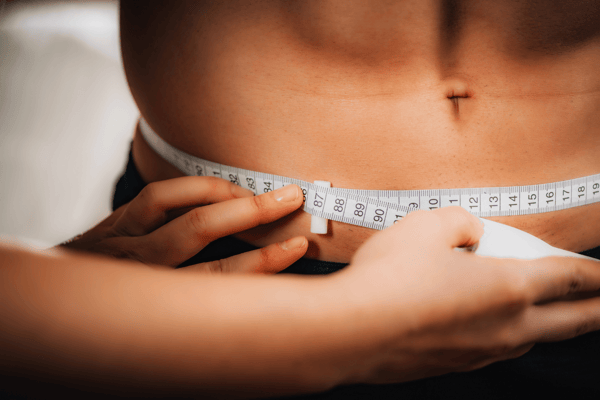
Circumference Measurement And Visual Comparison
While digital tools are becoming the new norm, measuring weight, stature, and abdominal circumference have been tried-and-true standards for many years. Many people interested in measuring body composition at home will grab a calculator and a long, soft measuring tape to measure various parts of the body for width and circumference.
Once these numbers are recorded, the subject can use their height in inches and age to determine their body composition measurements. Corresponding body fat percentage charts or the Navy Body Fat Calculator can be referenced to calculate your estimated body fat percentage.
It's important to note that this method leaves a lot of room for error. Since you must accurately measure yourself to the nearest half-inch, it's possible to miscalculate or input inaccurate data.
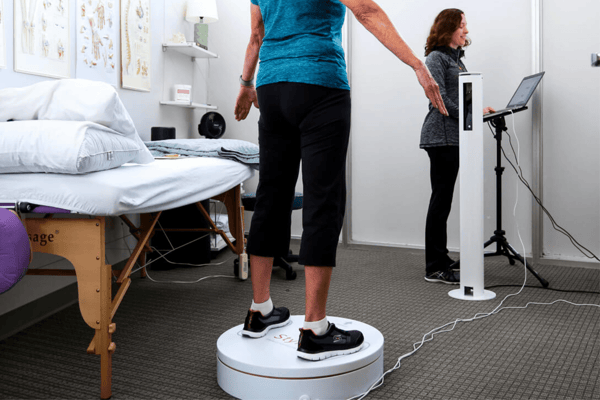
3D Body Scanning
3D body scanning is one non-invasive tool that many fitness professionals are starting to use to measure progress. A 3D scanner provides an interactive look at the body from any angle and is a great alternative to traditional before and after photos.
Due to the advancements in technology, coaches can implement body scanning to set fat-loss goals, track goal dates, customize workout type, and program caloric deficits to help reach the client's desired body composition.
Data can be collected and sent to customers, coaches, gym owners, and physicians. It's the clearest picture of progress for an accurate composition assessment.

A Healthy Body Composition Definition For Your Gym
Athletes And Sports Performance
Body composition is approached differently for athletes than for general wellness or physique clients. For an athlete, the primary goal is strength and power. This is directly related to muscle size.
Certain sports require standard levels of body composition for the athlete's position or role in the game. Linemen in American football and heavyweight wrestlers will naturally require higher levels of body mass than soccer or tennis players.
Because muscle is denser than fat, it is important for athletes to prioritize muscle gain over fat loss—though fat loss tends to be a natural result of building muscle. Reducing nonessential fat can increase muscular and cardiorespiratory endurance, speed, and agility development.
Aesthetics
For many, learning to use body composition as a unit of measurement can be much more productive than the scale. Because the scale doesn't factor in height, body type, or the amount of muscle you have built, it's best to have a full picture of fat and muscle displacement for physique purposes.
For many, less nonessential body fat and more lean muscle mass is the primary goal. For others, less muscle mass might be the preference. Physique and one's preferred body composition definition will be dependent on the individual, and should therefore be respected.
Medical Weight Loss
A physician will prescribe an exercise regimen and weight loss goal to improve certain health conditions in some cases. Body composition changes with proper nutrition and professionally prescribed weight training. By gaining lean body mass through building muscle and bone strength, the body can lose excess body fat through the consumption of energy.
With medically prescribed weight loss, it's important to regularly share data and changes with one's physician. Using methods that track change accurately and effectively will help a physician provide guidance as health indicators improve.

Track Change Effectively
The key to tracking progress is to maintain a trusted standard and definition for ideal body composition. Once you have captured a baseline snapshot of a client's starting point, watching them grow and improve in strength and confidence is truly an amazing feeling.
It's important to stay up to date with the most recent fitness technologies and to advocate for your clients with the right tools. To learn more about 3D Body Scanning and how it can improve your gym's body composition definition, read more on our blog.




